Latest
Retail News
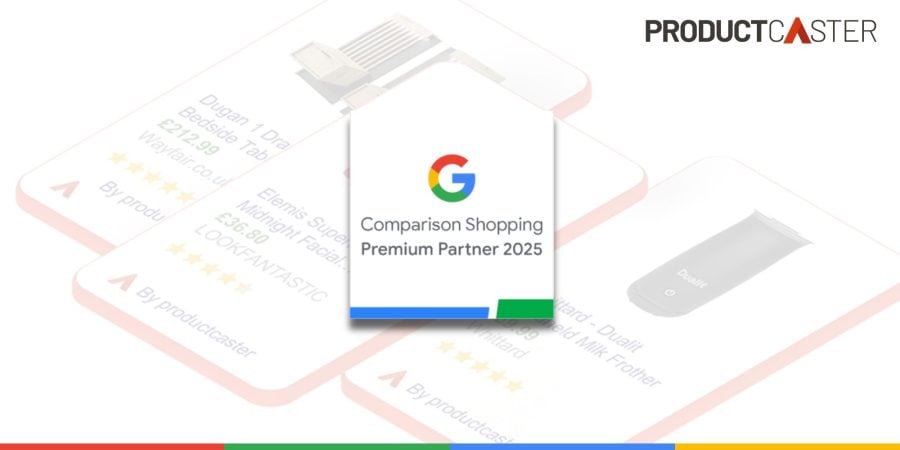 News
News
Proud to Continue as a Premium Google CSS Partner in 2025
We’re proud to announce that Productcaster has once again been recognised as a Premium Google CSS Partner for 2025, continuing…
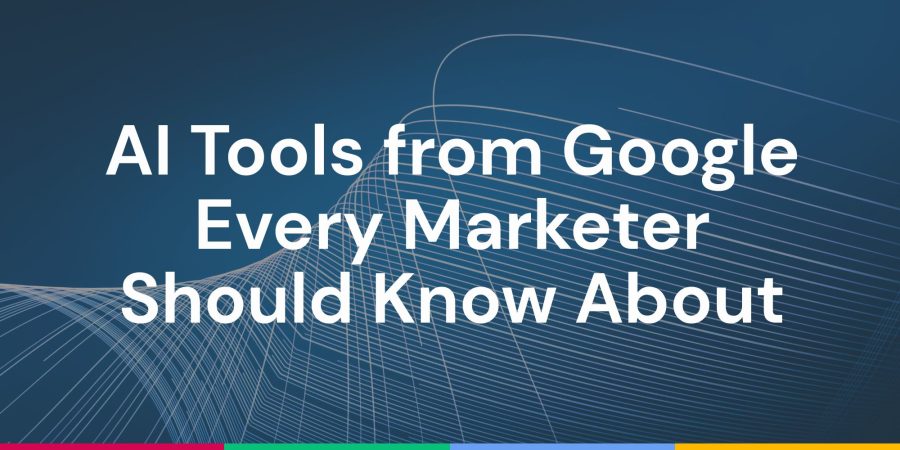 News
News
AI Tools from Google Every Marketer Should Know About
This week’s Google’s Exec Leaders event was the best Google event I’ve attended in a long time (and I’ve attended…
 News
News
Productcaster Secures Innovate UK Grant to Launch ProductTester App
Productcaster awarded Innovate UK Grant to launch new automated experimentation app for ecommerce We’re excited to announce that Productcaster has…
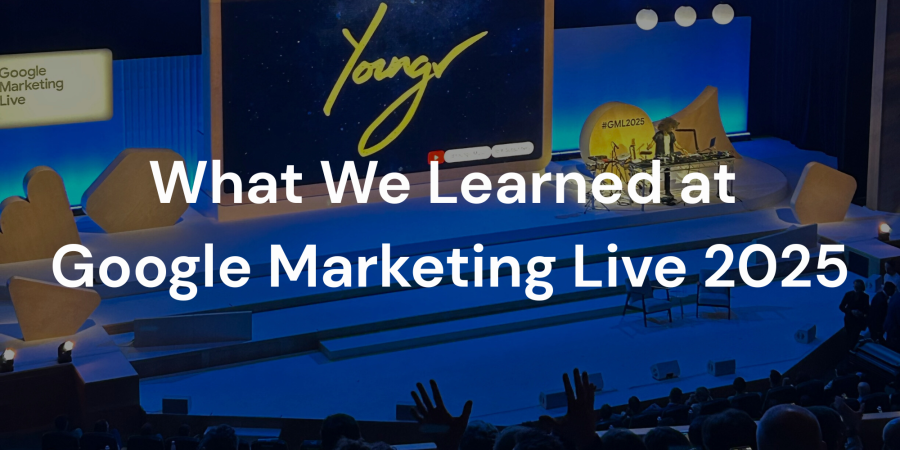 News
News
What We Learned at Google Marketing Live 2025
You can buy more YouTube using AI! Events such as Google Marketing Live are always useful for confirming what you…
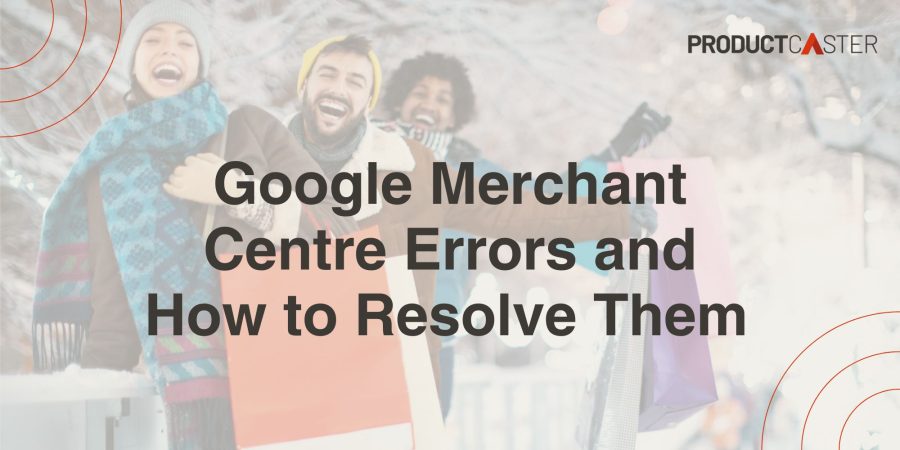 News
News
Google Merchant Center Errors and How to Resolve Them
It can be a pain when you get disapprovals within the Merchant Center, especially if you don’t know how to…
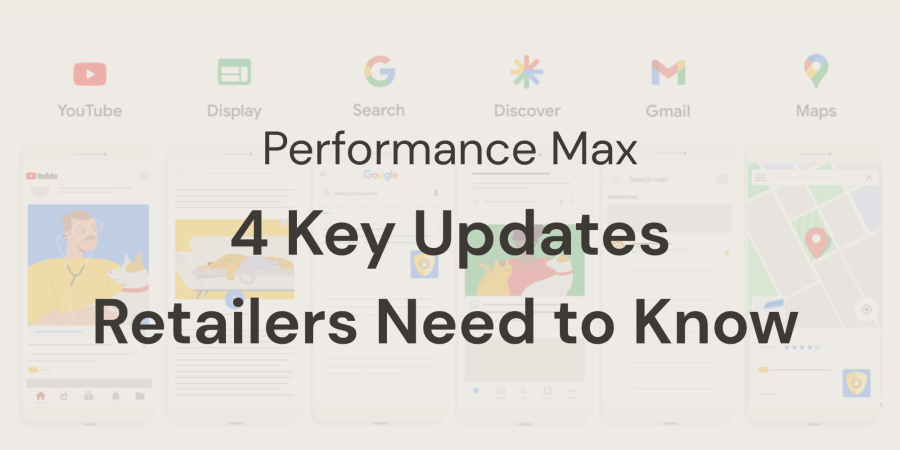 News
News
Performance Max: 4 Key Updates Retailers Need to Know
Google has announced major new updates to Performance Max, aimed at giving marketers and retailers much deeper insights into how…
 News
News
ChatGPT Adds Product Discovery
ChatGPT have announced the launch of product recommendations in their search results. This will include personalised product recommendations using past…
 News
News
Google Policy Update: Member Pricing Mistake Could Cost You Visibility
A key update is coming to Google Merchant Center that will affect how member prices are submitted in your product…
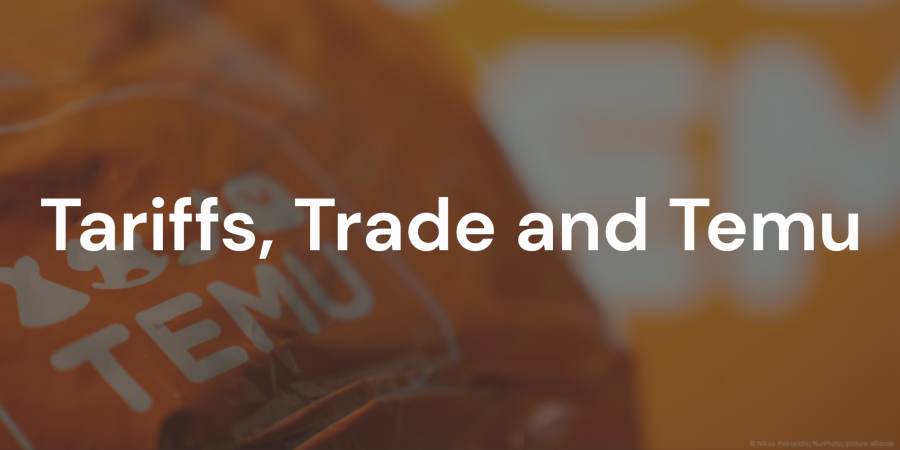 News
News
Tariffs, Trade and Temu
You might think Donald Trump’s trade war will not have a seismic impact on UK retail. The tit for tat…